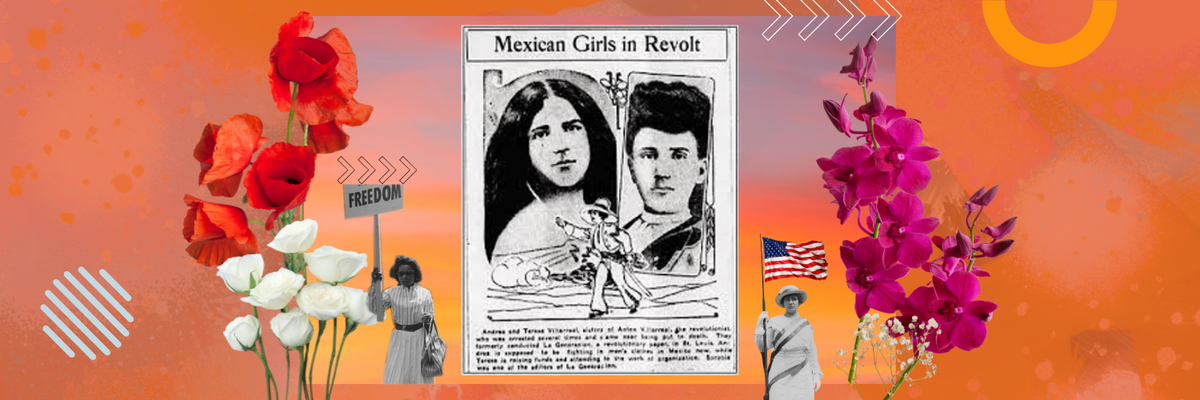
This article was made in collaboration with Vamigas Botanicals: a Latina-led, vegan, ethically sourced, cruelty-free skincare brand created from Latin American botanicals from Chile, Peru, Mexico, and more, that’s helping bring clean beauty to Latinas, who have been left out of the clean space until now.
We might assume that if a beauty product is on the store shelves, it’s safe for us to use… right? Well, unfortunately, that might not be the case.
The truth is personal care products are, for the most part, unregulated. In fact, the federal law that regulates these products hasn’t been updated for more than 80 years.
That’s right; a 1938 law is regulating today’s products. Besides color additives, this law does not require that cosmetic products and ingredients receive FDA approval before being put on the market. This has led to issues throughout the years where stores or brands have been found to sell products with problem ingredients in them and it’s been difficult to get them off shelves.
Recent studies have shown that women who frequently use chemical hair straightening treatments may be twice as likely to develop uterine cancer. Phthalates have been linked to uterine fibroids, and many endocrine-disrupting chemicals have been shown to contribute to the development of breast cancer. These are only a few of the countless health concerns affecting women’s bodies. Not to mention the Latine community, along with other WOC, are being disproportionately affected by them, showing larger quantities of endocrine-disrupting chemicals in their bodies.
On the brighter side, there are laws and restrictions that apply to cosmetics sold in interstate commerce, and we are constantly moving towards better regulation. Also, clean beauty brands are on the rise, offering consumers high-quality products made with safe ingredients.
Until the law finally catches up with the times, we are responsible for what we put in and on our hair, face, and body. Luckily, there are many online resources than can help us do so.
We partnered up with Latina-Owned clean beauty brand Vamigas to bring you this clean beauty cheat sheet, listing 14 potentially harmful ingredients to look out for when buying your personal care products. Or, as Vamigas calls them: “Los Cochinos 14,” (The Filthy 14).
- Phthalates: Commonly used as a gelling agent. Chronic exposure can disrupt the endocrine system, potentially damaging pregnancy, child growth and development, and women’s reproductive systems.
- Parabens: Used as an artificial preservative. It can disrupt hormones, harm fertility, affect birth outcomes, and increase cancer risk.
- Chemical Sunscreen: Contain active ingredients that are absorbed into the skin. Instead, opt for products with titanium dioxide and zinc oxide.
- Formaldehyde: A neurotoxin found in some Keratin hair straightening treatments.
- Lead acetate: Another neurotoxin found in some hair dyes.
- Sulfates: Used to make shampoos, cleaning, and baby products foamy. It’s harsh on sensitive skin and tied to respiratory or eye irritation.
- Triclosan: An endocrine disruptor banned in hand soaps but still used in some body wash and hand sanitizers.
- Hydroquinone: A known skin irritant that has also been found to damage DNA. It’s banned in the USA, but we still see it in skin-bleaching products on Amazon that target Black and Latino communities.
- Petrolatum: When refined, petrolatum has no known health concerns. However, the US has no requirements for refinement or PAH volume, which means it can be contaminated with toxic byproducts called PAHs, known carcinogens.
- Silicones: An endocrine disruptor usually found in hair care products and creams.
- PEGs (polyethylene glycols): Petroleum-based compounds used in cosmetics, sometimes contaminated with known carcinogens and human development disruptors.
- Talc: Can contain asbestos fibers, meaning risks for respiratory toxicity and cancer. Usually found in baby powder, adult body, facial powders, and some makeup.
- Ethanolamines: Banned by the EU for being toxic to the liver. Found in shampoos, conditioners, and moisturizers.
- BHA (butylated hydroxyanisole): Used widely in personal care. It has been found to be tumor-forming in animal studies.
These ingredients have all been linked to potential health risks and are listed on multiple “Dirty Lists” from pioneering green brands like Whole Foods, Credo, Thrive Market, American Cancer Society, and consumer safety organizations like Environmental Working Group. For further details on each ingredient, download the clean beauty cheat list PDF.
Save the PDF on your phone or screenshot page 3 or 4, and use it as your cheat sheet to avoid as you’re shopping on your phone or retail aisles for personal care products. Send the Spanish version screenshot to your mamá so that she can make sure she’s choosing healthy products too!
Download your clean beauty cheat list PDF here.
For more information on harmful ingredients in our personal care products and what we, as consumers, can do about it, check out our 3-part video series on Latinas and the Toxic Beauty Problem.
- Refresh Your Skincare Routine with these 6 Latina-Owned Brands ›
- VAMIGAS: Bringing Clean Beauty to Latinas ›
- Ditch Your Drugstore Makeup for These All-Natural Options - Luz Media ›











